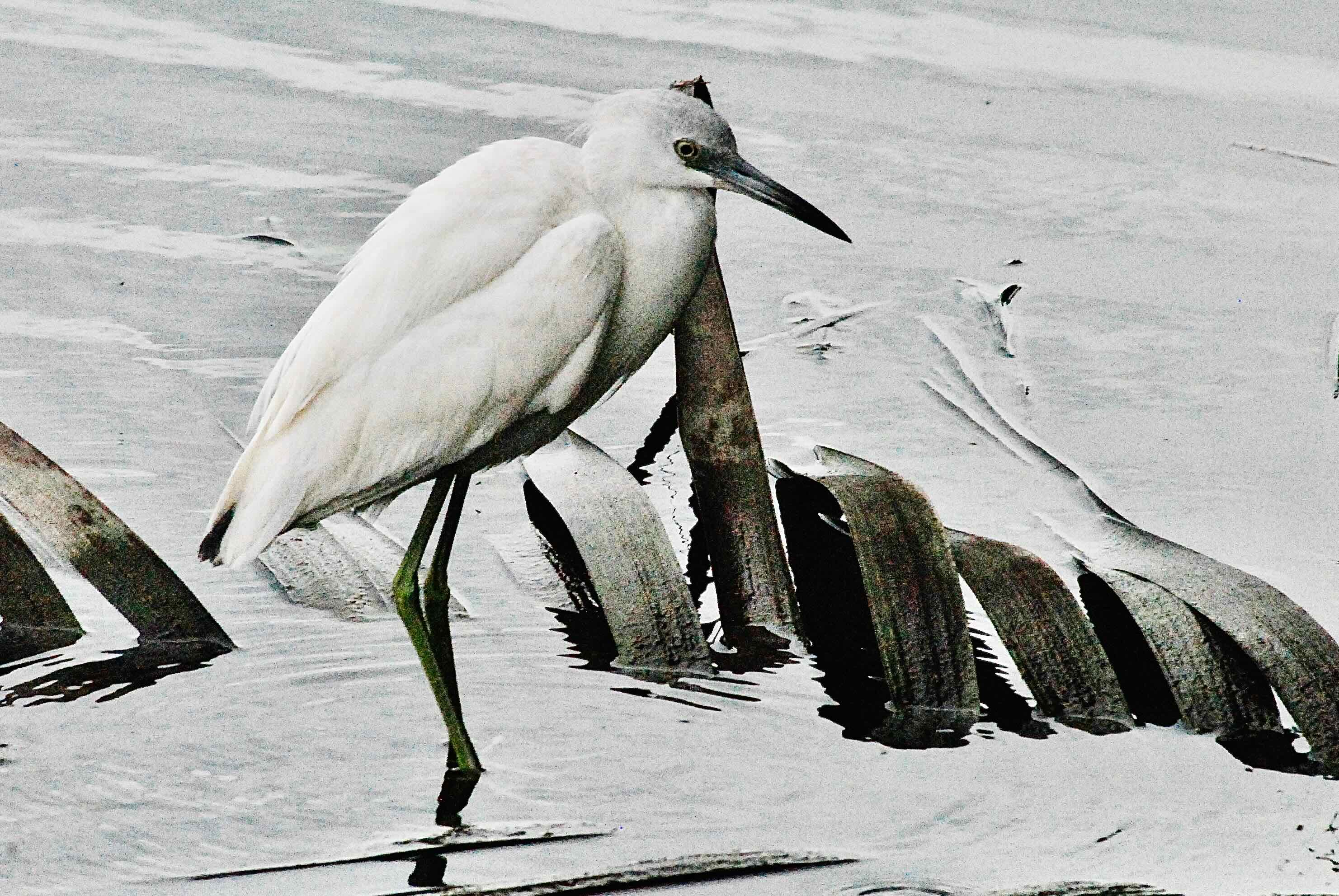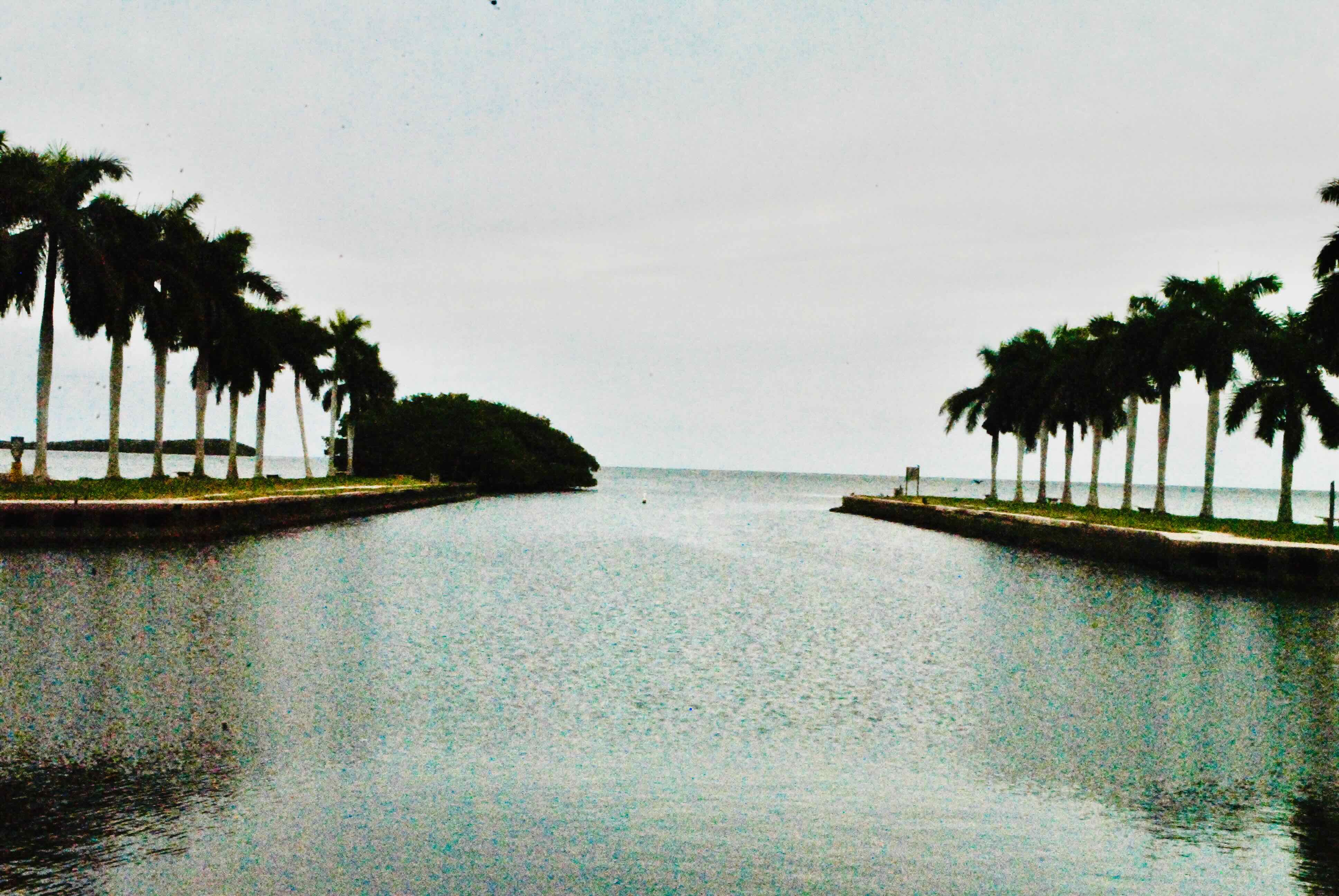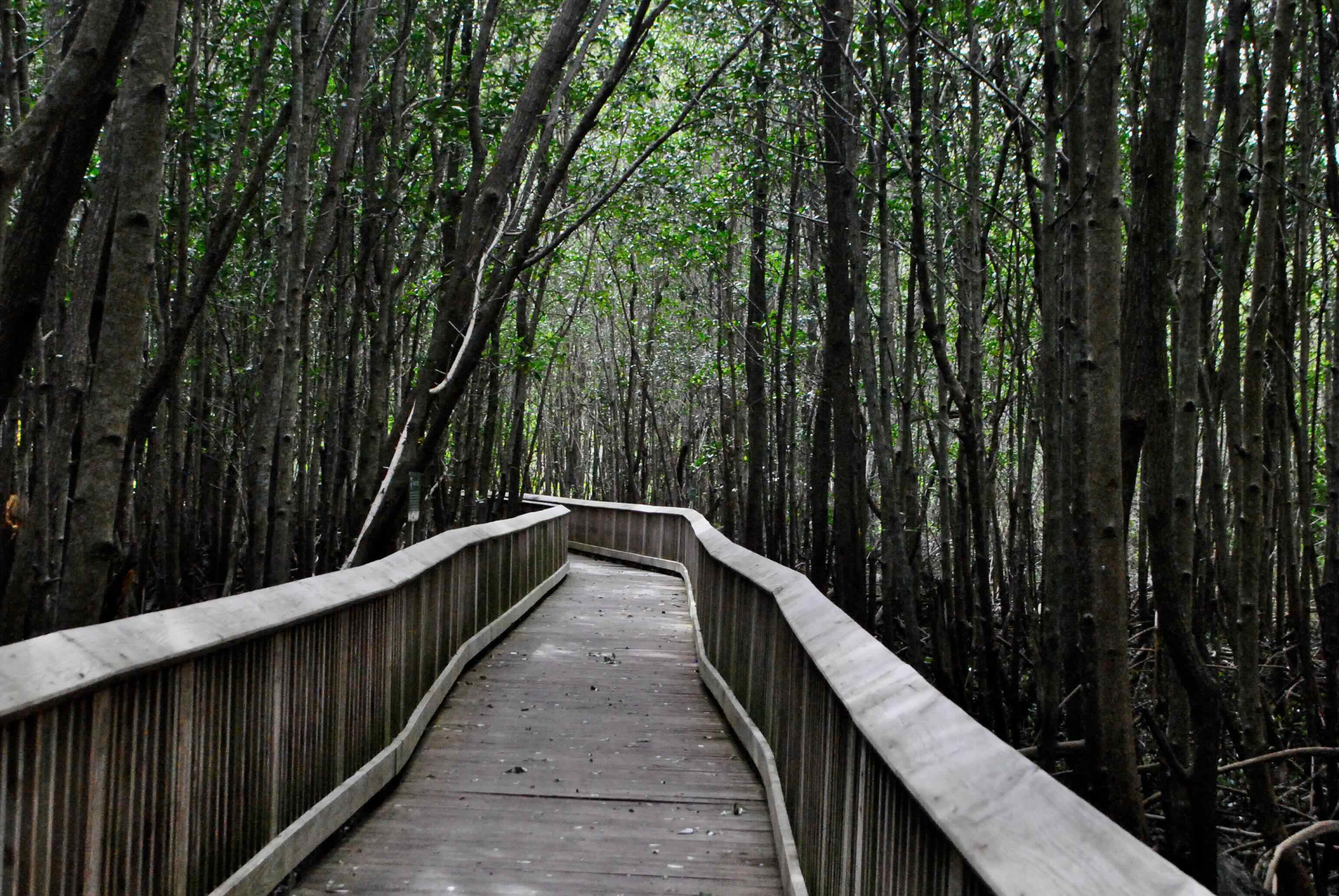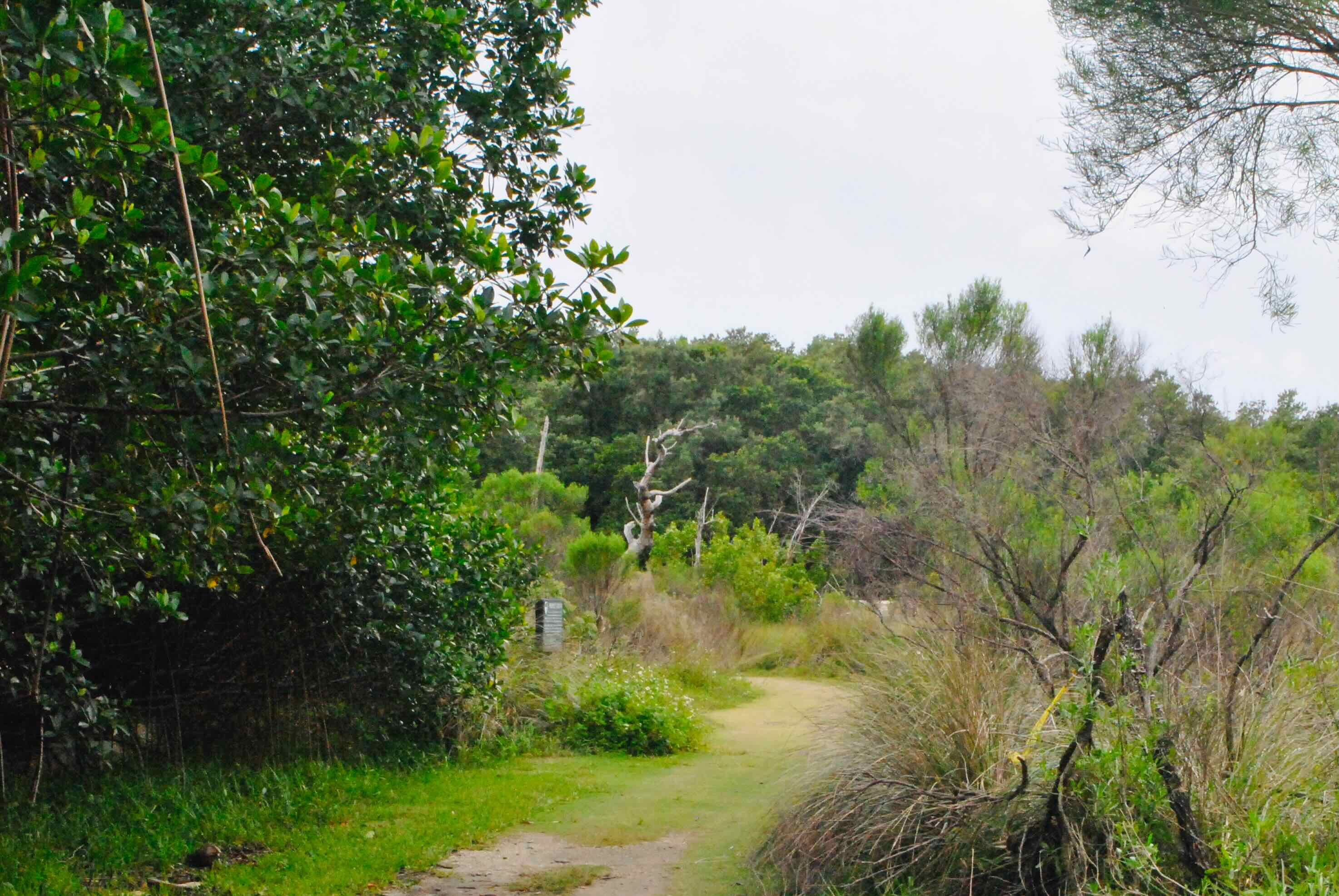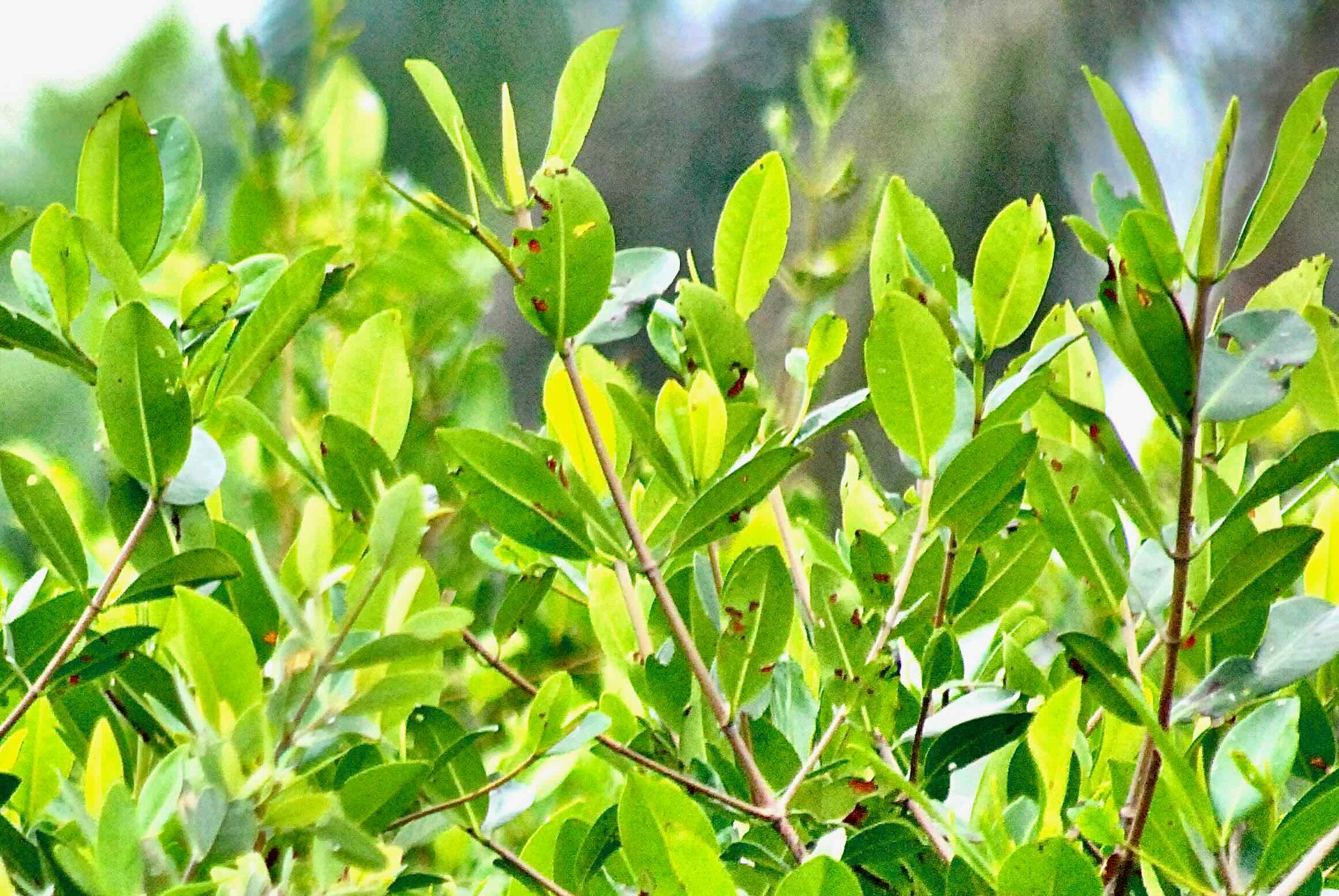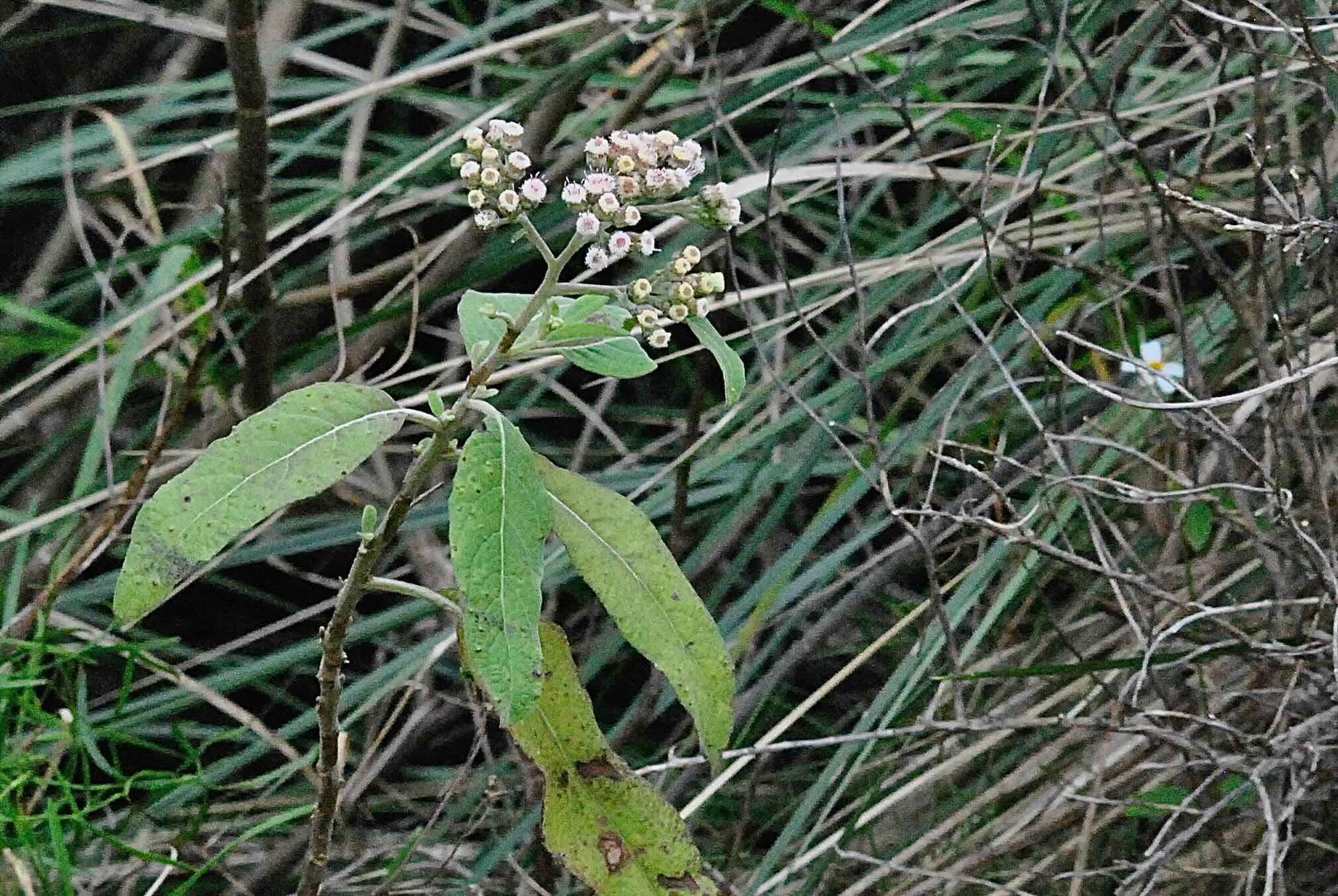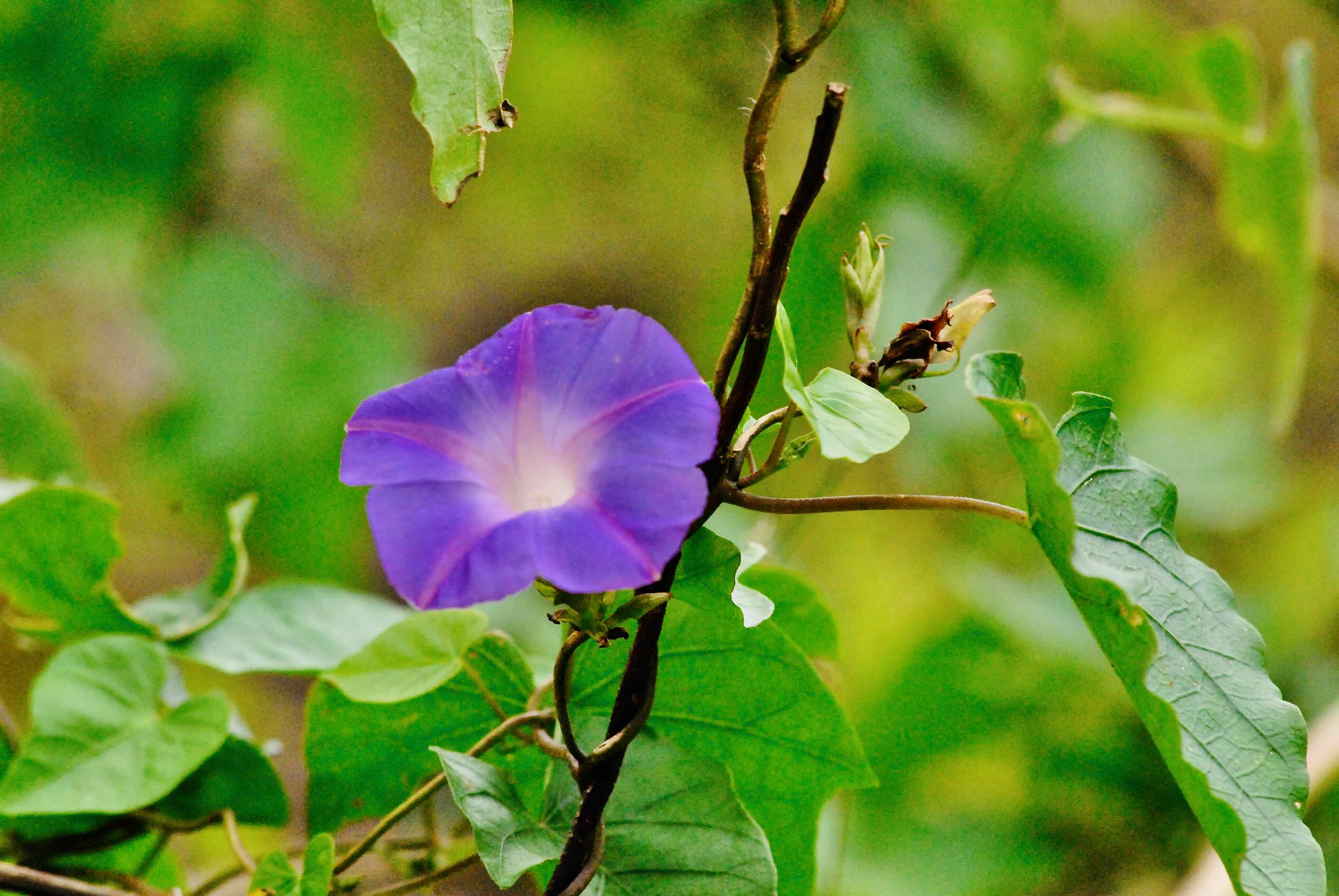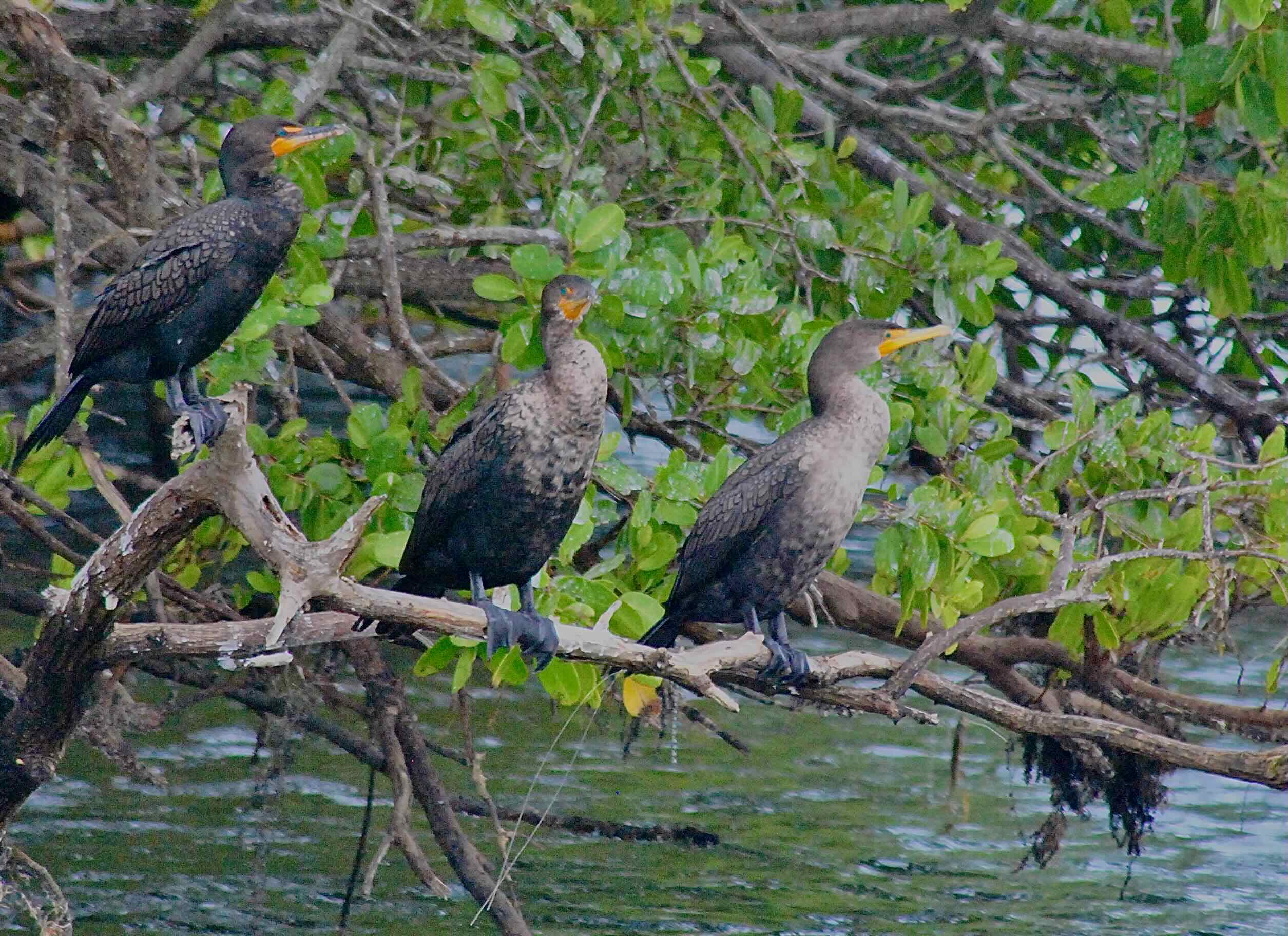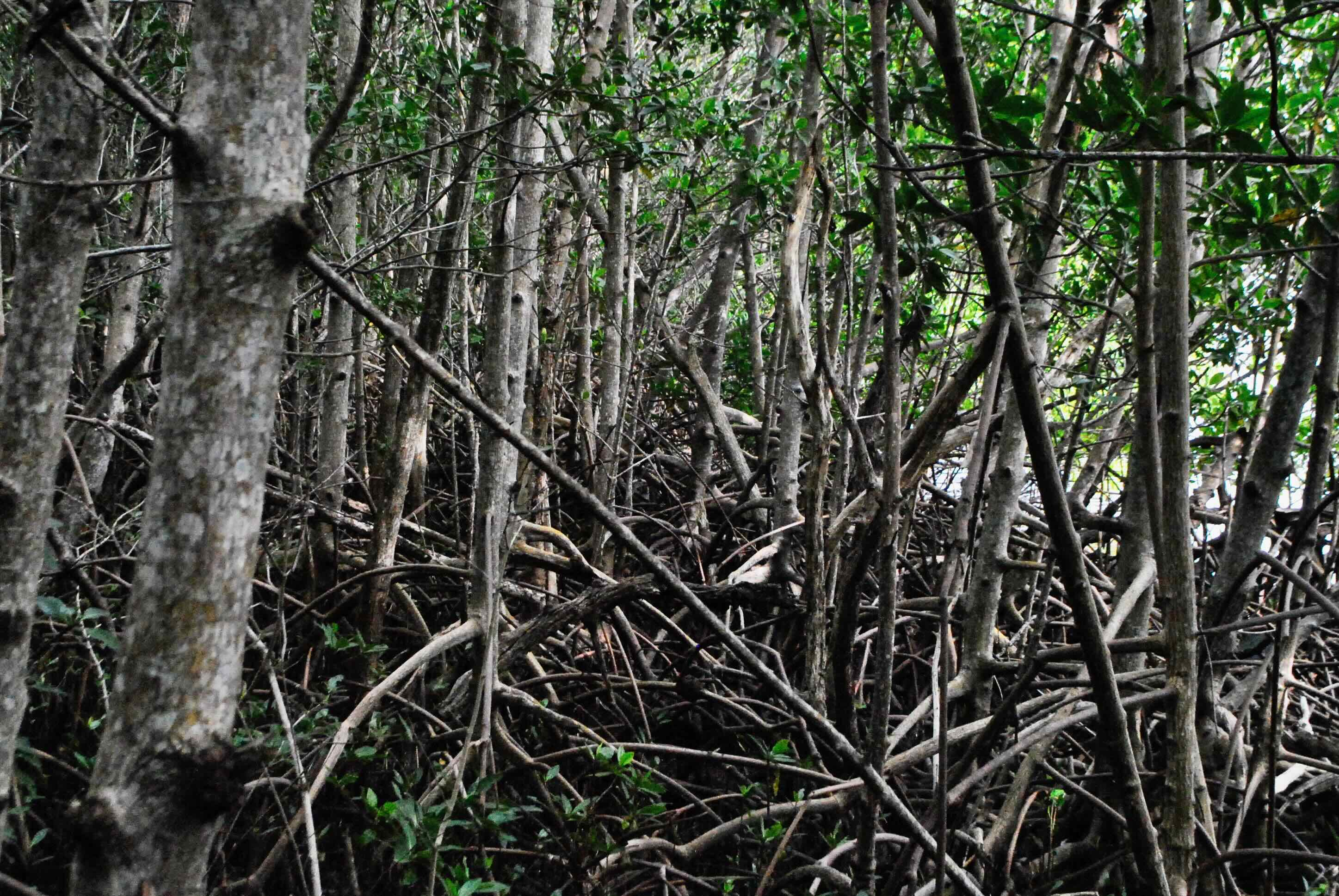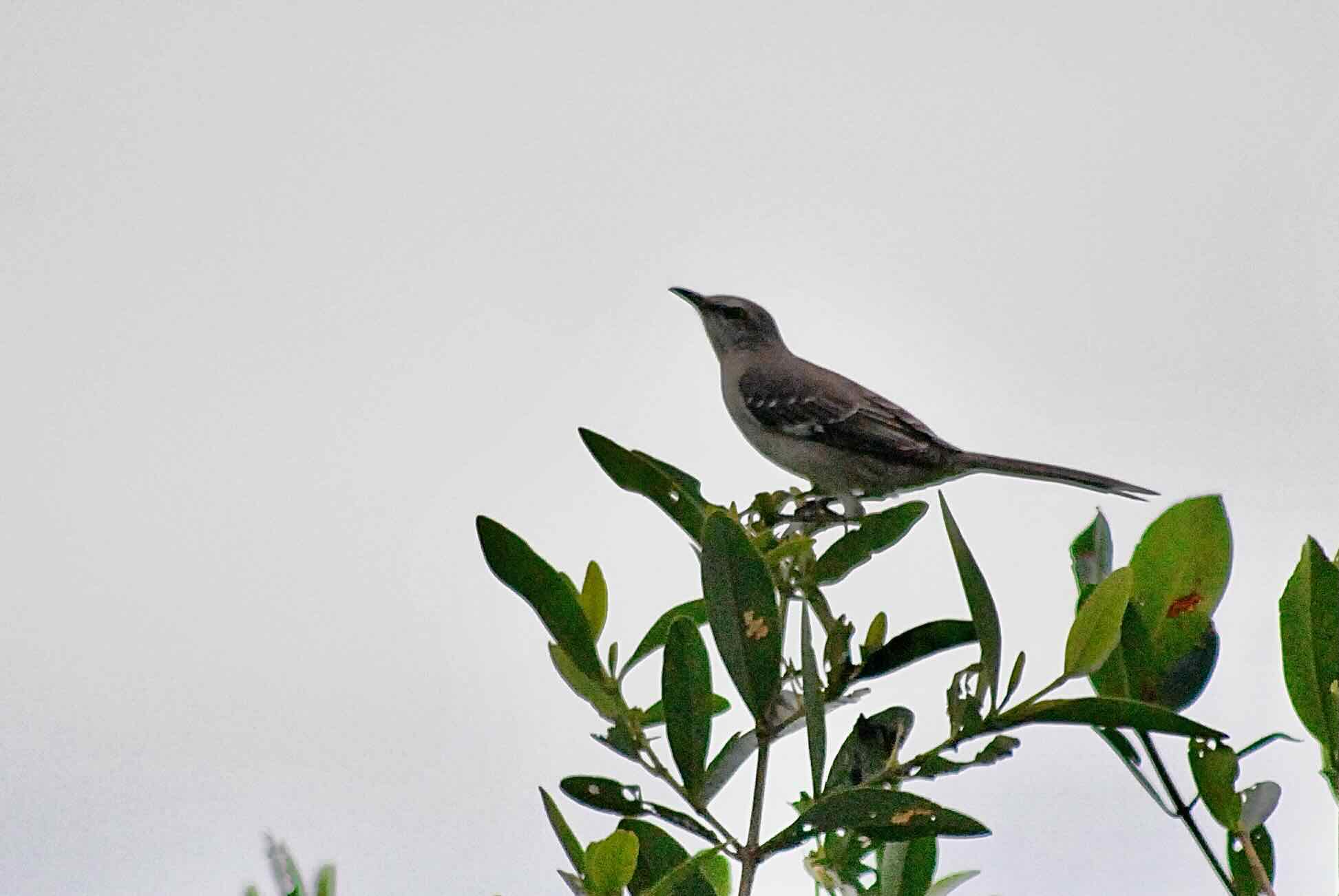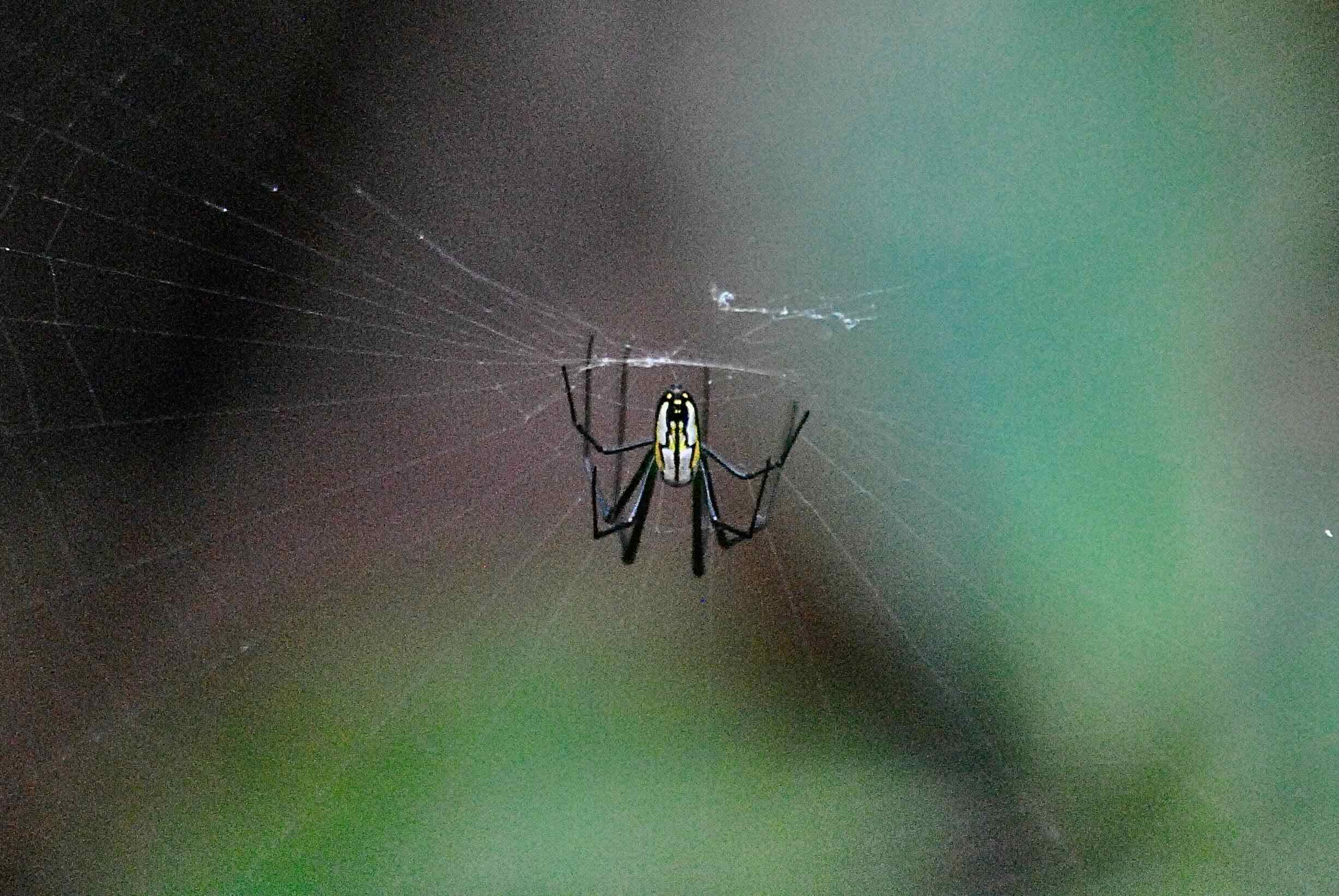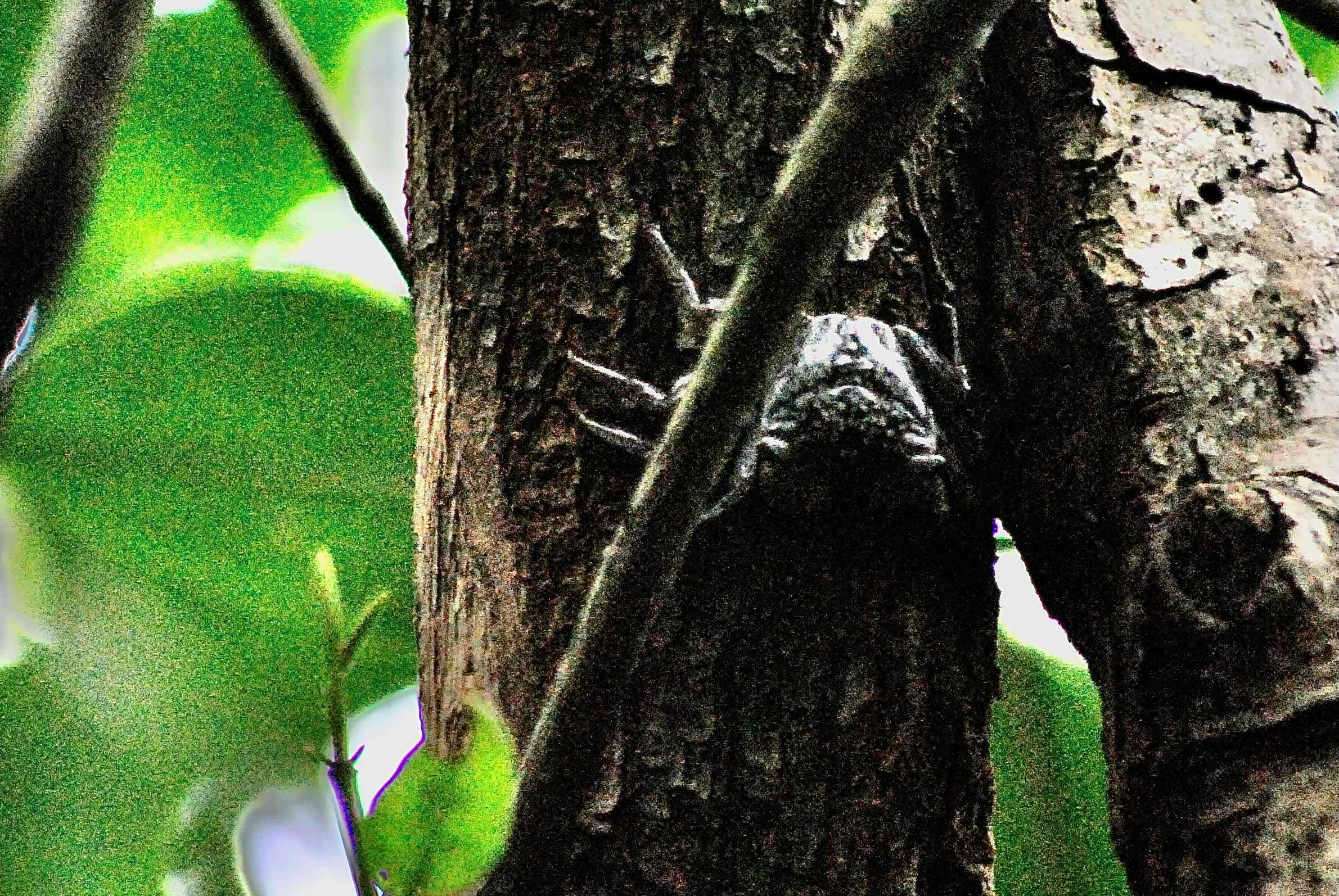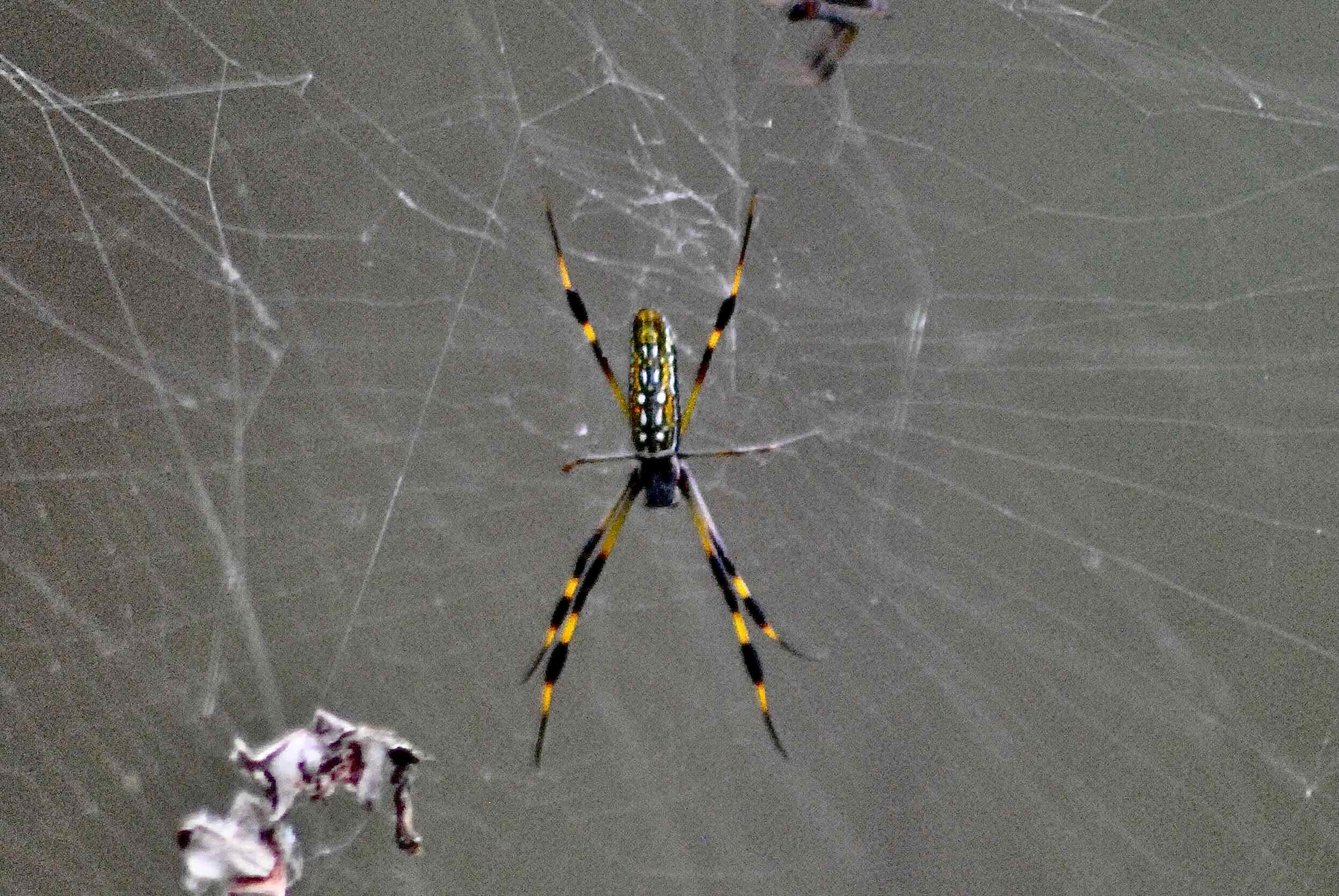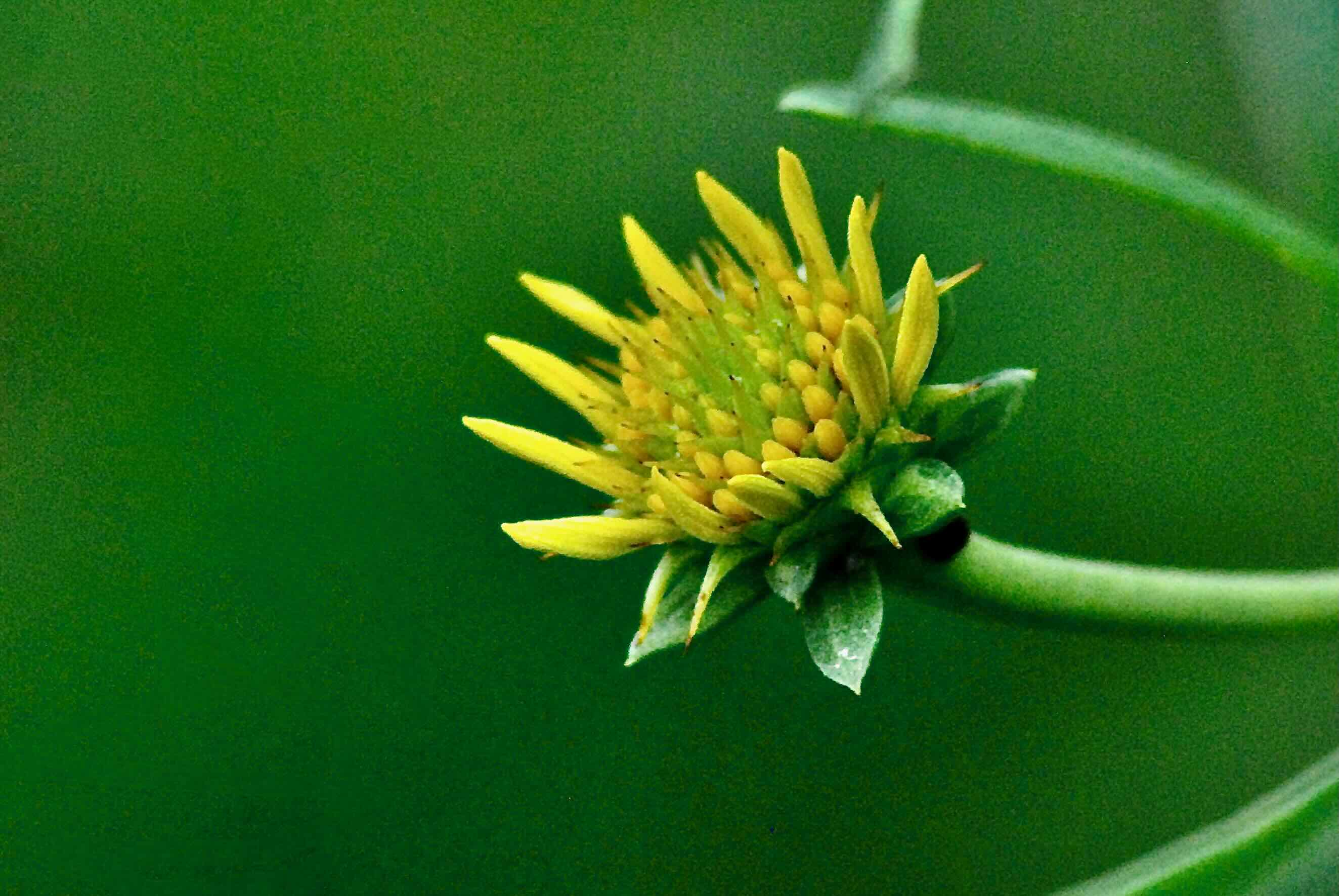Overview: It's all about the bay, 'bout the bay, 'bout the bay. It's all about the bay. Ok. Enough silliness but the Deering Estate is mostly about the bay, Biscayne Bay. It's what makes the place a first-rate archeological, historical and natural preserve. It is the focal point of the place. It's what attracted businessman and tycoon Charles Deering back in the early 1920s, Native Americans centuries before him.
There are some 444 acres of land at Deering, much of it lawn or landscaped, but there are nature trails that wind through parts of the property that aren't so manicured.There is the boat basin, which opens up to the bay, mangrove swamps standing guard over the shoreline, with a boardwalk that cuts through it. And there is the Stone House and the Richmond Cottage open for touring, both of which provide some sense of what life might have been like on the bay more than a century ago.
The Deering Estate is host to a variety of events — night walks, photography workshops, bay cruises, concerts and more. Check out the calendar of events on the website (link above).
History: Samuel Richmond was first to the site along Biscayne Bay, building what is now known as the Richmond Cottage in 1896, later adding a section onto it that became the Richmond Hotel. Charles Deering, founder of the company now known as International Harvester, followed suit, building the Stone House to showcase his extensive art collecton. He bought the land in 1922. Among Deering's guests who contributed to the natural restoration of the site: eminent naturalists David Fairchild and John Kunkel Small. Deering died in 1927, leaving the property to his heirs. In 1986, the state of Florida bought the property and still owns it; Miami-Dade County manages Deering, however.
What You'll See: It is, in fact, Biscayne Bay that makes Deering a top destination for both birds and birders. Its woodlands are havens for migrators making their way north or south. Its shallow waters perfect for waders like the little blue heron at the top of this page. During our visit we saw cormorants, red-bellied woodpeckers, herons, anhingas, mockingbirds, catbirds, ibis and more, many of which were foraging in the bay. If you're lucky, you might catch a glimpse of a mangrove cuckoo.
If you're even luckier you might spot an American crocodile or a manatee in the bay. The rich variety of bird species has earned Deering a listing on the Great Florida Birding Trail (link below). According to the Institute for Regional Conservation, there are more than 800 plant species and subspecies at Deering, making it a botanically rich site as well.
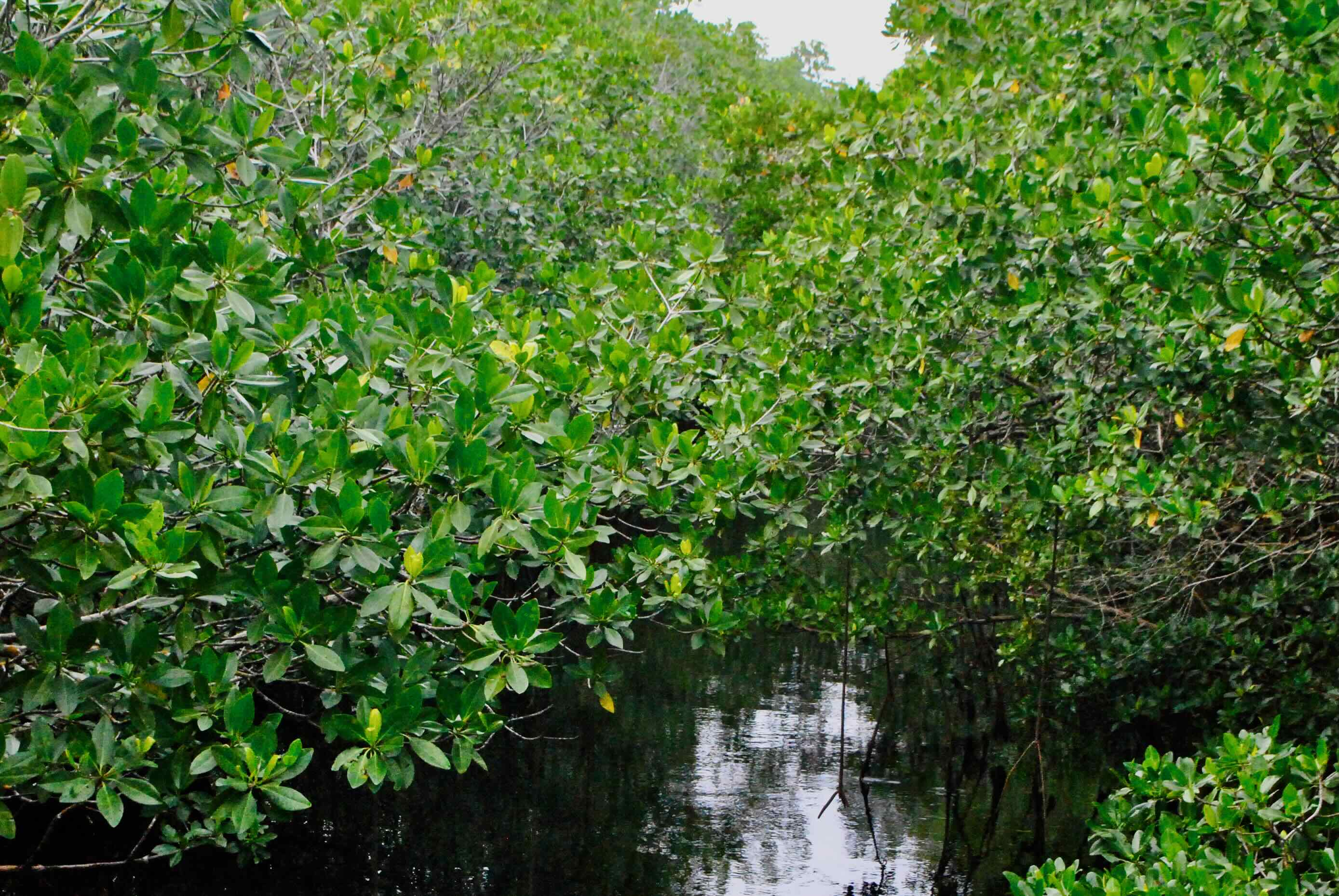
Amenities: Deering Estate has plenty of parking, nature trails, interpretive signs, nature trails, including a boardwalk through a mangrove swamp and restroom facilities. The Stone House and Richmond Cottage are worth the time to get a feel for Florida living circa a century ago.
Nearby: The Deering Estate literally is on the edge of Biscayne Bay Aquatic Preserve and Biscayne National Park, but you'll need a boat to explore either. Fairchild Tropical Botanical Garden and Kampong National Tropical Botanical Garden are nearby to the north. Matheson County Preserve is also nearby. If you're will to do a little driving, Bill Baggs Cape Florida State Park is at the tip of Key Biscayne.
Links: The Institute for Regional Conservation's inventory of plants for the Deering Estate is here. The Great Florida Birding Trail's take on Deering is here.
Of Note: There is an admission fee; check the website for details. Deering is open 10 a.m. to 5 p.m. every day except Thanksgiving and Christmas. No admissions after 4 p.m., however. Also check the website for the variety of events that take place on the grounds.
Cover Photo: A juvenile little blue heron forages in the shallows around the Deering Estate. Little blues are white until after their first year. The blue bill is the easy tell that let's you know that this a heron and not an egret. Second photo: a section of the mangrove swamp that borders Biscayne Bay and the estate.
There are some 444 acres of land at Deering, much of it lawn or landscaped, but there are nature trails that wind through parts of the property that aren't so manicured.There is the boat basin, which opens up to the bay, mangrove swamps standing guard over the shoreline, with a boardwalk that cuts through it. And there is the Stone House and the Richmond Cottage open for touring, both of which provide some sense of what life might have been like on the bay more than a century ago.
The Deering Estate is host to a variety of events — night walks, photography workshops, bay cruises, concerts and more. Check out the calendar of events on the website (link above).
History: Samuel Richmond was first to the site along Biscayne Bay, building what is now known as the Richmond Cottage in 1896, later adding a section onto it that became the Richmond Hotel. Charles Deering, founder of the company now known as International Harvester, followed suit, building the Stone House to showcase his extensive art collecton. He bought the land in 1922. Among Deering's guests who contributed to the natural restoration of the site: eminent naturalists David Fairchild and John Kunkel Small. Deering died in 1927, leaving the property to his heirs. In 1986, the state of Florida bought the property and still owns it; Miami-Dade County manages Deering, however.
What You'll See: It is, in fact, Biscayne Bay that makes Deering a top destination for both birds and birders. Its woodlands are havens for migrators making their way north or south. Its shallow waters perfect for waders like the little blue heron at the top of this page. During our visit we saw cormorants, red-bellied woodpeckers, herons, anhingas, mockingbirds, catbirds, ibis and more, many of which were foraging in the bay. If you're lucky, you might catch a glimpse of a mangrove cuckoo.
If you're even luckier you might spot an American crocodile or a manatee in the bay. The rich variety of bird species has earned Deering a listing on the Great Florida Birding Trail (link below). According to the Institute for Regional Conservation, there are more than 800 plant species and subspecies at Deering, making it a botanically rich site as well.

Amenities: Deering Estate has plenty of parking, nature trails, interpretive signs, nature trails, including a boardwalk through a mangrove swamp and restroom facilities. The Stone House and Richmond Cottage are worth the time to get a feel for Florida living circa a century ago.
Nearby: The Deering Estate literally is on the edge of Biscayne Bay Aquatic Preserve and Biscayne National Park, but you'll need a boat to explore either. Fairchild Tropical Botanical Garden and Kampong National Tropical Botanical Garden are nearby to the north. Matheson County Preserve is also nearby. If you're will to do a little driving, Bill Baggs Cape Florida State Park is at the tip of Key Biscayne.
Links: The Institute for Regional Conservation's inventory of plants for the Deering Estate is here. The Great Florida Birding Trail's take on Deering is here.
Of Note: There is an admission fee; check the website for details. Deering is open 10 a.m. to 5 p.m. every day except Thanksgiving and Christmas. No admissions after 4 p.m., however. Also check the website for the variety of events that take place on the grounds.
Cover Photo: A juvenile little blue heron forages in the shallows around the Deering Estate. Little blues are white until after their first year. The blue bill is the easy tell that let's you know that this a heron and not an egret. Second photo: a section of the mangrove swamp that borders Biscayne Bay and the estate.

